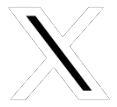FSD Beta 10.11 now going out to public testers
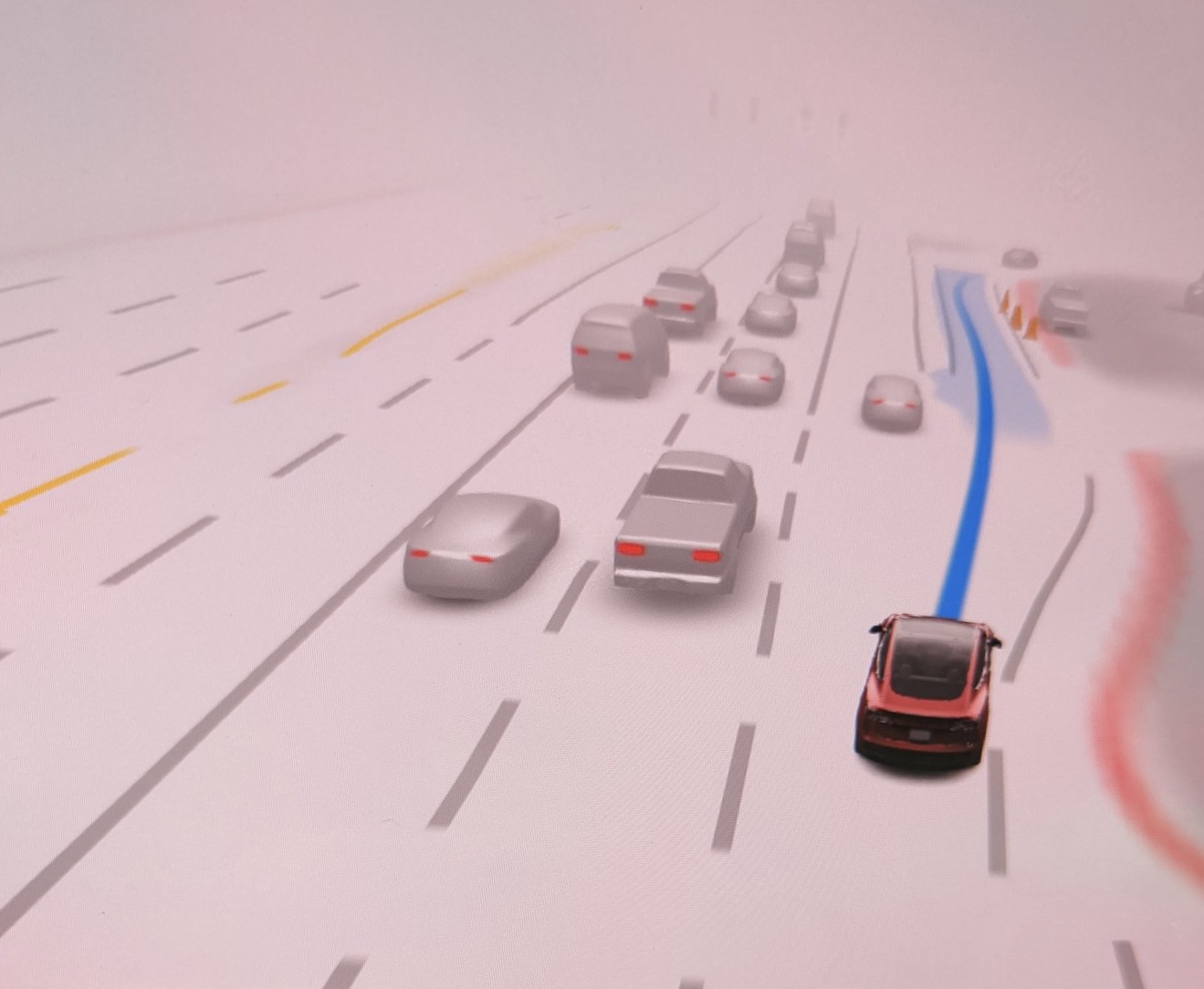
Tesla's latest FSD Beta, v10.11 is now going out to public testers. The beta is version 2022.4.5.15. For FSD Beta testers, it'll be the first update they receive that's based on a 2022 release.
Earlier this month Elon tweeted that the beta may go out as early as this past Tuesday. However, he then followed up that it was instead going to go out this past weekend.
Over the weekend we saw FSD Beta 10.11 go out to several employees, which Tesla uses as a final testing phase before releasing to the public.
Today we're finally seeing several public testers getting this build, but it may be a while before it goes out to everyone. Tesla looks at the release carefully as it's going out and can choose to slow it down, speed it up or stop it completely to fix any issues.
When Elon spoke about the next FSD Beta, he mentioned FSD Beta 10.12. This beta is version 10.11. It's not clear whether there was a misunderstanding or whether Tesla initially planned to increment the version.
However, this is a completely new beta for all public testers and it appears to be packed with improvements.
The most notable improvements appear to be new vector-based lanes and reduced slowdowns. An example of the new vector-based lanes is below. In addition to clearer lane markings, it appears that the whole lane will also be highlighted in blue when the car starts to perform a lane change.
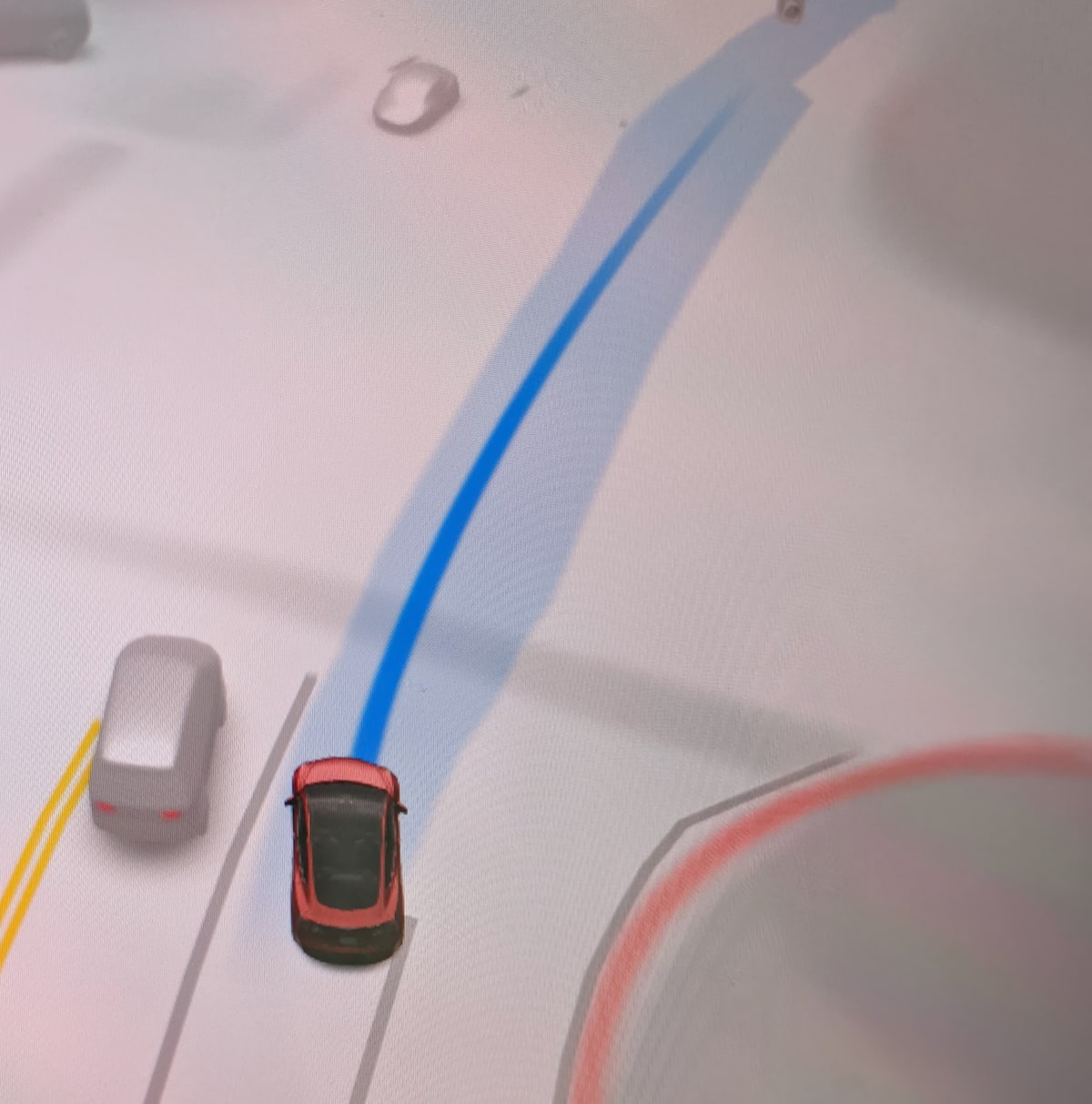
This beta is expected to hit Canada for the first time according to Elon, but there are no signs yet of it going north of the border.
Tesla will likely monitor it for several days in the US before releasing it to our northern neighbor.
The complete FSD Beta release notes are below:
- Upgraded modeling of lane geometry from dense rasters ("bag of points") to an autoregressive decoder that directly predicts and connects "vector space" lanes point by point using a transformer neural network. This enables us to predict crossing lanes, allows computationally cheaper and less error prone post-processing, and paves the way for predicting many other signals and their relationships jointly and end-to-end.
- Use more accurate predictions of where vehicles are turning or merging to reduce unnecessary slowdowns for vehicles that will not cross our path.
- Improved right-of-way understanding if the map is inaccurate or the car cannot follow the navigation. In particular, modeling intersection extents is now entirely based on network predictions and no longer uses map-based heuristics.
- Improved the precision of VRU detections by 44.9%, dramatically reducing spurious false positive pedestrians and bicycles (especially around tar seams, skid marks, and rain drops). This was accomplished by increasing the data size of the next-gen autolabeler, training network parameters that were previously frozen, and modifying the network loss functions. We find that this decreases the incidence of VRU-related false slowdowns.
- Reduced the predicted velocity error of very close-by motorcycles, scooters, wheelchairs, and pedestrians by 63.6%. To do this, we introduced a new dataset of simulated adversarial high speed VRU interactions. This update improves autopilot control around fast-moving and cutting-in VRUs.
- Improved creeping profile with higher jerk when creeping starts and ends.
- Improved control for nearby obstacles by predicting continuous distance to static geometry with the general static obstacle network.
- Reduced vehicle "parked" attribute error rate by 17%, achieved by increasing the dataset size by 14%. Also improved brake light accuracy.
- Improved clear-to-go scenario velocity error by 5% and highway scenario velocity error by 10%, achieved by tuning loss function targeted at improving performance in difficult scenarios.
- Improved detection and control for open car doors.
- Improved smoothness through turns by using an optimization-based approach to decide which road lines are irrelevant for control given lateral and longitudinal acceleration and jerk limits as well as vehicle kinematics.
- Improved stability of the FSD Ul visualizations by optimizing ethernet data transfer pipeline by 15%.
- Improved recall for vehicles directly behind ego, and improved precision for vehicle detection network.
Release Notes Explained
Here is a great video that explains Tesla's technical release notes and what improvements you can find in this release.
In addition to the improvements in this FSD Beta, testers can also expect to find these other features that were added in the 2022.4 update.
Range Display Calibration for LFP batteries
If you have a SR+ with an LFP battery, then you'll also receive this feature that charges your car to 100% to help improve battery calibration. LFP batteries have very similar voltages from a low state of charge to a high state of charge. If the battery isn't regularly charged to 100%, it can be difficult for the vehicle to know its state of charge, which could cause some issues.
Cabin Camera
Tesla is collecting additional analytics from the cabin camera to help develop additional features. Tesla is asking you to opt-in to cabin camera analytics if you'd like to help develop new features.
There's no word on what these new features may be, but it could be just about anything, such as the ability to send you a notification if it detects an animal in your car and you forgot to turn on Dog Mode.
Car Colorizer
We're probably all familiar with this feature by now that allows you to alter the exterior color of your vehicle. The color you pick is used in the car's visualizations, car menus and in the Tesla app. You can also view a video of Tesla's Car Colorizer feature.
Audio Sources
The ability to disable certain audio sources comes back in 2022.4. If there are audio sources that you don't use, such as TIDAL, Spotify, or TuneIn, you can now disable them.
When an audio source is disabled, it won't appear in the More Apps menu or in the Sources dropdown.
Icons in the Status Bar
2022.4 was released quite a while ago, so it's easy for FSD Beta testers to forget everything that is in this release and why they should be excited.
Some icons are now returning to the car's top status bar, such as Driver Profiles (while in park) and the Sentry Mode icon.
Save Dashcam Clips
You can now more easily save dashcam clips if you have the Dashcam viewer in your launcher. Since the dashcam viewer can't be used while driving, the icon now has a dual purpose. If you tap it while in Drive, your car will save the last ten minutes of footage.
Regenerative Braking in Autopilot
Additional regenerative braking is now used in Autopilot, which will be especially useful in FSD. The vehicle previously used regenerative braking while on AP, but it will now apply it at lower speeds that better match how a driver would use regenerative braking.
Windshield Wiper Defrost
If you have a new Tesla that was built in the past few months, then it may have windshield wiper heaters. If it does, then this is the software update that enables it.
Nearby Superchargers
You can once again view nearby Superchargers in the same way you could in Tesla's v10 software. The Superchargers icon now appears on the far side just like it used to.
This FSD Beta release is an exciting one that includes many new features with the updated FSD Beta build and in the public 2022.4 release. You can also view the full 2022.4 release notes.











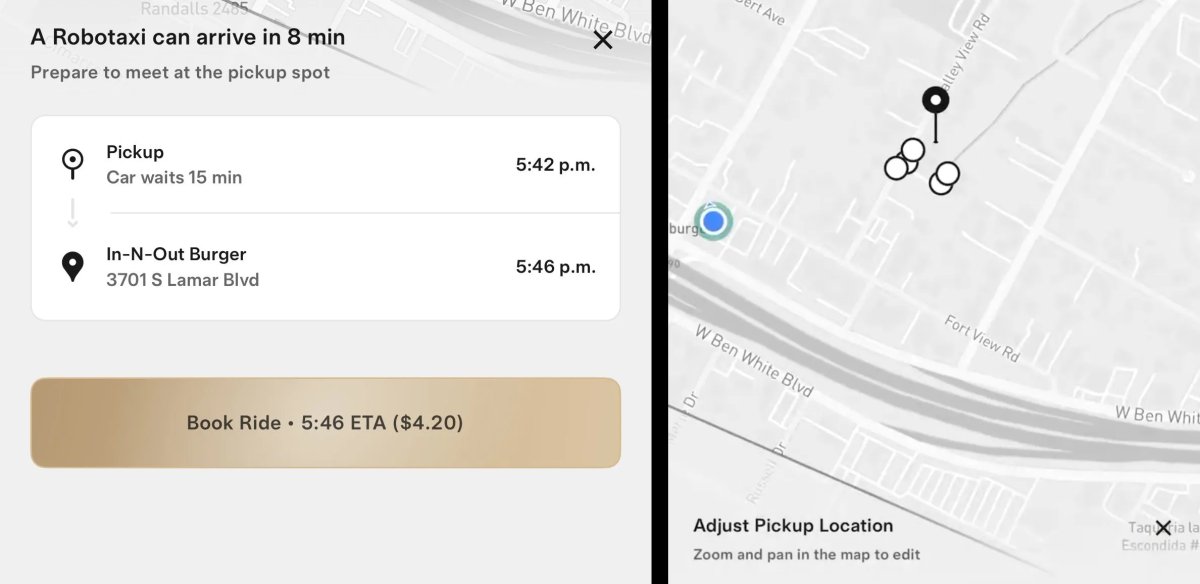
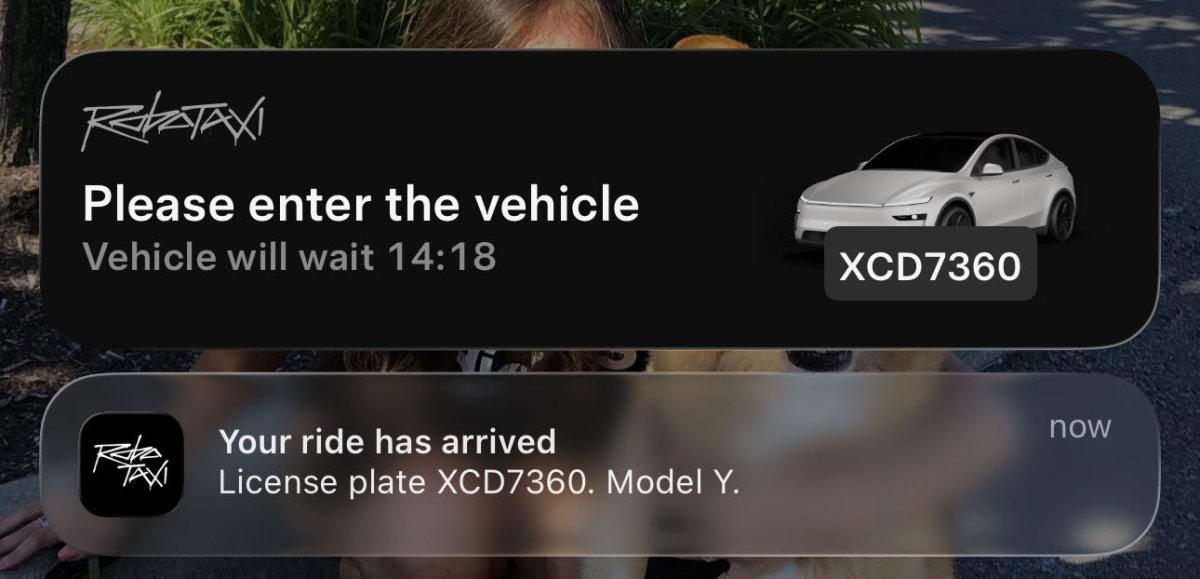
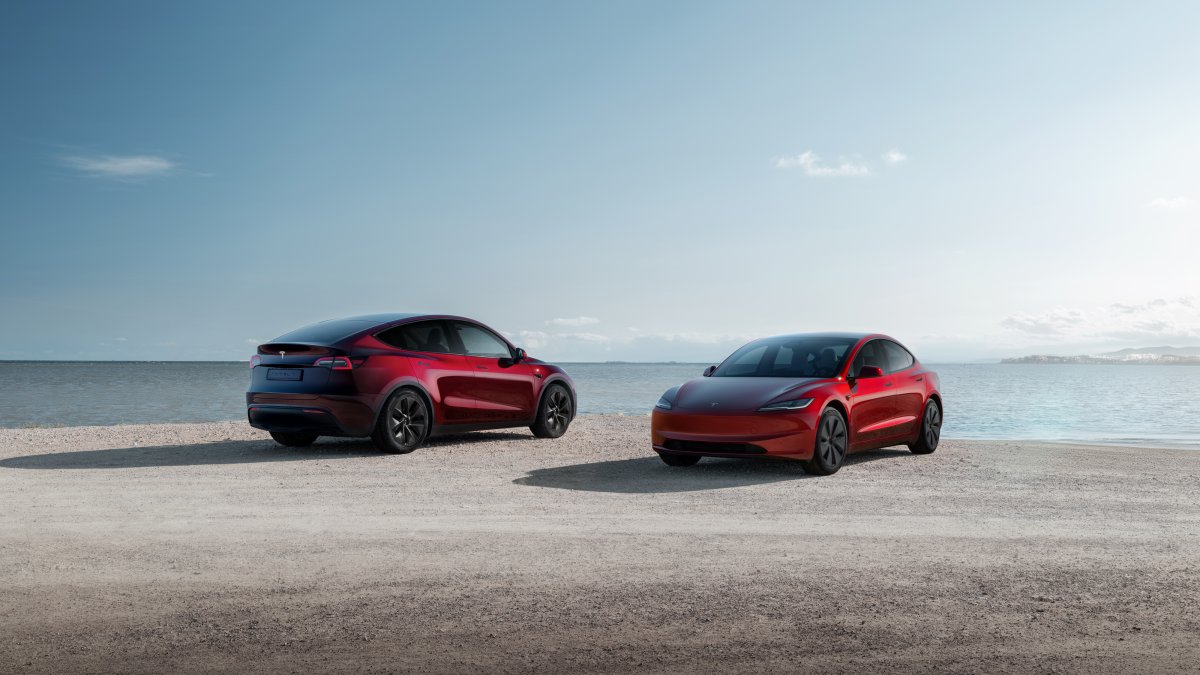
![Tesla Updates Robotaxi App: Adds Adjustable Pick Up Locations, Shows Wait Time and More [VIDEO]](https://www.notateslaapp.com/img/containers/article_images/tesla-app/robotaxi-app/25-7-0/robotaxi-app-25.7.0.webp/4ac9ed40be870cfcf6e851fce21c43b9/robotaxi-app-25.7.0.jpg)

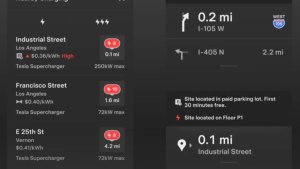


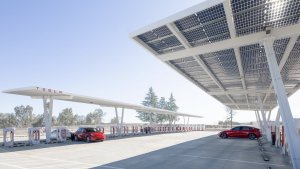
_300w.png)
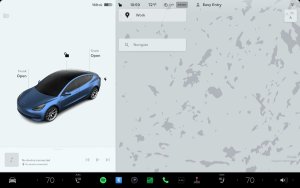
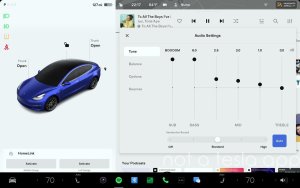
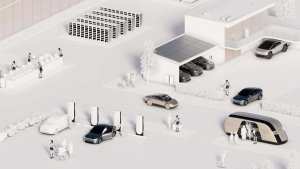

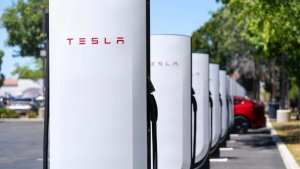
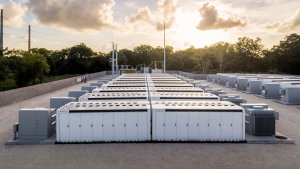
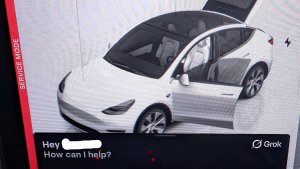

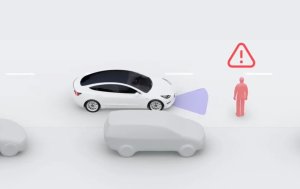
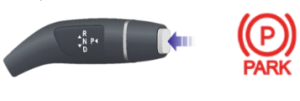
![Elon talks about Twitter and job cuts at Bloomberg forum [video]](https://www.notateslaapp.com/images/news/2022/elon-musk-qatar-forum_300w.jpg)

